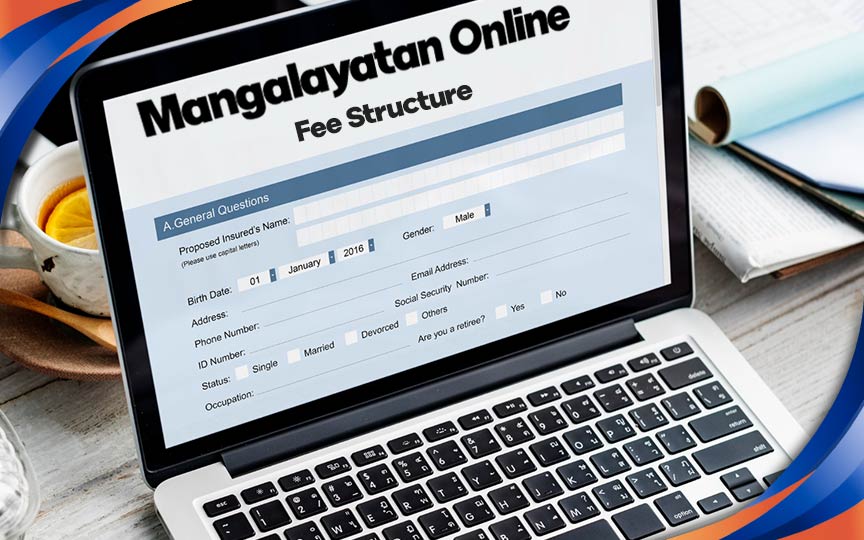Studying has changed significantly in the modern, fast-paced internet world. The traditional classroom is no longer the main center for education and training. Rather, there has been a change in the direction of online learning platforms, with Learning Management Systems (LMS) at the forefront of this advancement. An LMS is a comprehensive software solution that has changed the way we approach individual and company training.
We will cover every aspect of LMS in this blog, from its characteristics and description to its effects on the workplace and in education.
Defining the Learning Management System (LMS)
A software tool called an LMS is made to provide, organize, and manage instructional content. It serves as a central platform on which trainers, educators, and manufacturers of running shoes may produce, publish, and spread manuals and learning materials. Conversely, students and freshman have access to those materials and engage in activities, evaluations, and communication through the LMS.
Key Features of an LMS
1. Course management: Lectures, tests, and assignments can all be made and arranged by instructors.
2. User Management: Staff members, instructors, and students can all be added, removed, and managed by administrators.
3. Assessment and Grading: Learning Management Systems (LMSs) facilitate the development of tests, quizzes, and assignments, along with automated feedback and grading.
4. Content Delivery: Instructional materials can be sent in a number of formats, including interactive modules, papers, and videos.
5. Communication Tools: To facilitate communication between students and teachers, learning management systems (LMSs) frequently come with chat, message, and discussion boards.
6. Progress Tracking: Teachers are able to keep tabs on their students’ advancement, examine data, and pinpoint areas in need of development.
7. Customization: LMSs can be made to match the unique requirements and corporate identities of businesses or educational institutions.
The Impact of LMS on Education
1. Adaptability: By removing geographical restrictions, LMSs give students the freedom to study at their own pace and convenience.
2. Customized Learning: Using adaptive learning technologies, learning management systems (LMSs) customize information for each student, increasing comprehension and engagement.
3. Cost-Effectiveness: LMS is an affordable option because it eliminates the need for overhead expenses like actual classrooms and printed materials.
4. Information-Driven Insights: Learning management systems (LMSs) produce useful data that can be utilized to evaluate the efficacy of learning and make data-driven decisions for enhancements.
5. Availability: With features like screen reader compatibility and closed captioning, learning management systems (LMSs) improve accessibility for those with impairments.
LMS in the Workplace
1. Employee Training: LMSs are widely used for onboarding, compliance training, and professional development in the corporate world.
2. Skill Development: They enable employees to acquire new skills and knowledge, fostering career growth and job satisfaction.
3. Tracking and Reporting: Companies can track the progress of employee training, ensuring compliance and improving performance.
4. Consistency: LMSs ensure that all employees receive the same training materials and are up-to-date on company policies and procedures.
5. Remote Work: The rise of remote work has increased the demand for LMSs, enabling companies to train and upskill their remote workforce.
Now that we are aware of the Learning Management System (LMS), its importance, its features and and its impact on different sectors, let’s move on to some Learning Management Systems (LMS) that are commonly used in educational institutions and can be beneficial for students.
Here are some of the LMSs :
1. Moodle: Moodle is a widely adopted open-source LMS that provides a flexible and customizable platform for course management. It offers various features for content creation, quizzes, discussion forums, and more.
2. Canvas: Instructure’s Canvas LMS is known for its user-friendly interface and robust features. It supports both in-person and online learning, making it popular in K-12 and higher education.
3. Blackboard Learn: Blackboard Learn is a comprehensive LMS that offers tools for course creation, collaboration, and assessment. It’s used by many universities and institutions worldwide.
4. Google Classroom: Google Classroom is a free LMS designed for Google Workspace for Education users. It simplifies the process of creating, distributing, and grading assignments in a Google ecosystem.
5. Schoology: Schoology is an LMS with a strong focus on K-12 education. It provides features for creating courses, communication, and grading, along with integration with other educational tools.
6. Edmodo: Edmodo is a user-friendly LMS that fosters collaboration and communication among teachers, students, and parents. It’s often used in K-12 settings.
7. Brightspace by D2L: Brightspace offers a flexible and cloud-based LMS with features for course design, analytics, and personalization. It’s used by various educational institutions.
8. EdX Edge: EdX Edge is a part of the EdX platform and allows organizations and institutions to create their own courses using the EdX infrastructure.
9. Sakai: Sakai is an open-source LMS that focuses on collaboration, research, and open technology. It’s commonly used in higher education institutions.
10. Desire2Learn (D2L) Brightspace: D2L Brightspace is an LMS with a strong focus on accessibility and inclusivity. It offers features for creating engaging courses and assessing student performance.
11. iSpring Learn: iSpring Learn is a cloud-based LMS that is easy to set up and offers features for course creation, tracking, and reporting.
12. Adobe Captivate Prime: Adobe’s LMS, Captivate Prime, is known for its user-friendly interface and integration with other Adobe tools for content creation.
13. Coursera: Coursera offers a wide range of AI and machine learning courses from top universities and institutions. It provides both free and paid courses, allowing students to learn at their own pace and earn certificates.
14. edX: Similar to Coursera, edX offers AI courses from universities and colleges worldwide. It provides a mix of free and paid courses, along with the option to pursue MicroMasters or Professional Certificate programs.
15. Udacity: Udacity is known for its nanodegree programs in AI and machine learning. Students can gain practical skills through hands-on projects and personalized mentorship.
16. TensorFlow: Google’s TensorFlow offers comprehensive resources, including documentation, tutorials, and online courses, making it an excellent choice for students looking to delve into deep learning and AI development.
17. PyTorch: PyTorch is a popular deep learning framework with extensive documentation and tutorials. It’s a preferred choice for students interested in research and building neural networks.
18. Fast.ai: This platform provides free deep learning courses with a focus on practical applications. It’s perfect for students who want to learn AI quickly and effectively.
19. IBM Watson Studio: IBM’s Watson Studio is a cloud-based platform that offers tools for data science and AI development. It’s a great choice for students interested in AI and data analysis.
20. Kaggle: Kaggle is a data science and machine learning community that offers competitions, datasets, and notebooks. It’s an ideal platform for hands-on learning and honing practical AI skills.
21. DeepAI: DeepAI provides a collection of AI tools and resources, including AI models, research papers, and educational content. It’s a valuable resource for students and researchers.
22. AI4ALL Open Learning: AI4ALL offers a free online platform with AI and machine learning resources, making it accessible to students interested in AI education and diversity in the field.
These LMS platforms vary in terms of features, pricing, and target audiences. The choice of LMS will depend on the specific needs of educational institutions and students.
These tools cater to various aspects of AI learning, from foundational knowledge to advanced research and application. Students can choose the ones that align best with their interests and goals.
In conclusion, Learning Management Systems have become an integral part of modern education and corporate training. They have revolutionized the way we learn, making education more accessible, flexible, and data-driven.
LMSs continue to evolve, incorporating innovative technologies like artificial intelligence and virtual reality to enhance the learning experience further.
Whether you’re a student, educator, or professional, the LMS has a role to play in your journey of continuous learning and development.

Mangalayatan University (MUonline) is broadening its array of UGC-eligible programs, including [program name], accessible through its online platform. These courses carry full accreditation and recognition from diverse government agencies. The program is enhanced with live training sessions and hands-on projects. With an innovative educational approach, a student body exceeding 5,000, and cutting-edge infrastructure, Mangalayatan University is establishing pioneering benchmarks in the Bachelor of Arts in Political Science. Expert instructors, equipped with industry experience and substantial practical knowledge, deliver the program. The modular course structure undergoes rigorous reviews by academic experts to guarantee its quality.







